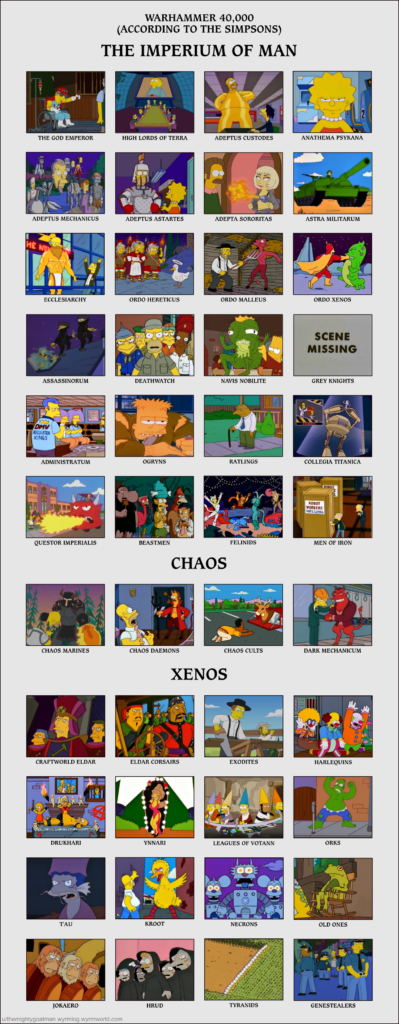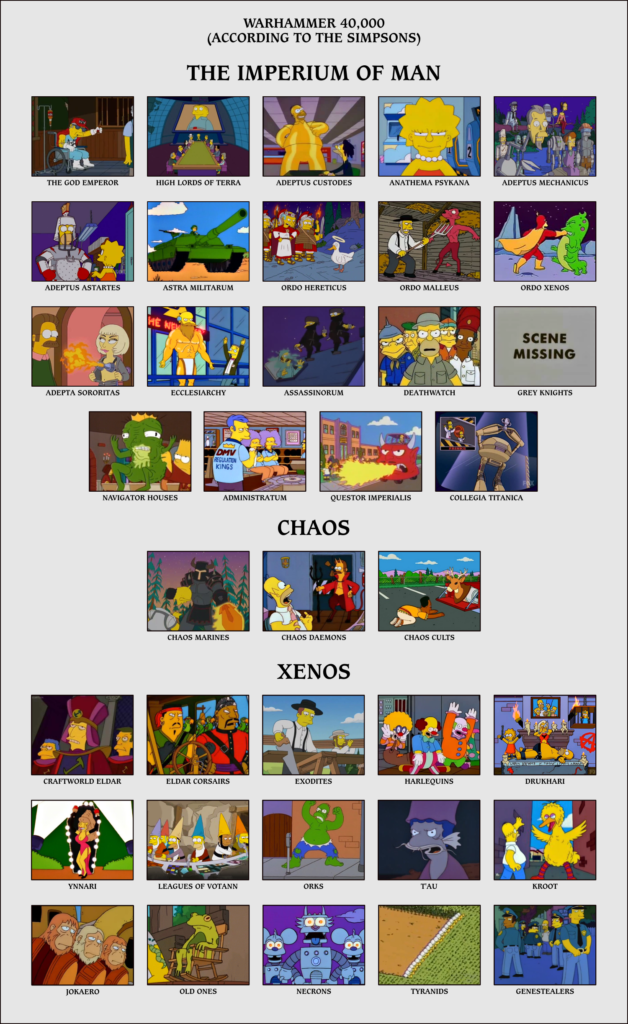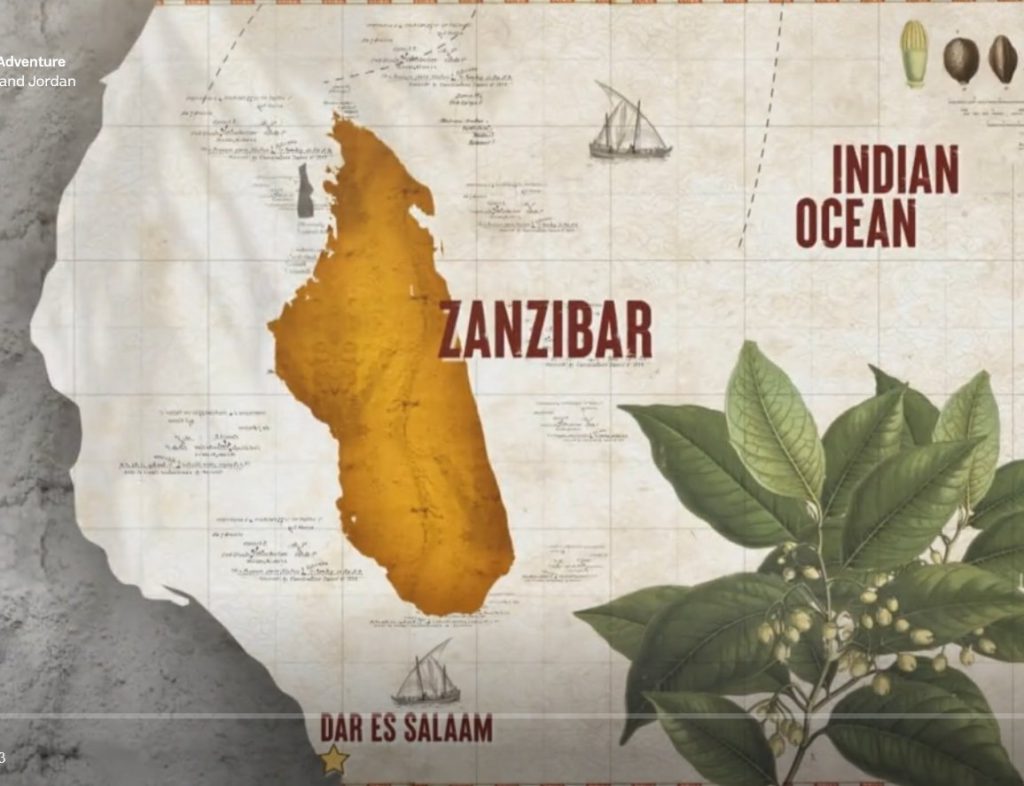I’m currently engaged in a major clean out of my apartment to make it suitable for visits by human beings who aren’t absent minded hoarders. This has resulted in the turning up all kinds of treasures that I knew were in here somewhere but hadn’t actually seen for going on 20 years – one of which is the April 1981 issue of Fantastic Films: The Magazine of Imaginative Media.
If you’re a Star Wars fan you will realise that this date is signifigant, as it falls after the release of The Empire Strikes Back, but before the release of Return of the Jedi. This means that the sci-fi fans of the era were dealing with a number of epic cliff hangers – Han and Leia have confessed their love, Han has been frozen in Carbonite and taken away by the mysterious Boba Fett, Vader has made the spectacular claim of being Luke’s father, and there’s a mysterious ‘other’ who may save the day if Luke fails.
Of course we know the outcome to all of these. Han and Leia get together, Luke rescues Han, Boba Fett is just this guy, Vader actually is Luke’s father, and the other is Leia, who is actually Luke’s sister. But fans in 1981 knew none of this, so rumours, theories and speculation abounded.
The World Wide Web being 12 years in the future, the main place that these theories were discussed were in the articles and letters pages sci-fi magazines. And the letters page of Fantastic Films Vol 3 Number 8 contains a doozie of a letter penned by one Mary Jean Holmes of Milwaukee Wisconsin, responding to an earlier article speculating on how the Star Wars saga would conclude. It’s a fascinating look at the state of the fandom in between the movies, so I’ve decided to transcribe it here.
(I am doing this completely without permission and will happily remove the letter if anyone involved with it objects)
EMPIRICAL SPECULATION
Mary Jean Holmes
Milwaukee, Wisconsin
Fantastic Films, Vol 3, Number 8, April 1981
Recently, I read Bill Hayes’ article speculating upon possible turns of plot in the upcoming Revenge of the Jedi 1, and had several strong reactions. Although I find his idea of Boba Fett working as an agent in [sic] behalf of the supposedly defunct Jedi intriguing (somehow, one lone knight wouldn’t seem enough to warrant calling an entire film Revenge of the Jedi), I also find some of Master Hayes’ arguments or speculations don’t hold proverbial water.
First off, if he’s going to bother to use quotes at all, he should get them and their sources right. The reference he makes to slavery is from Brian Daley (not Davey)’s Han Solo’s Revenge, not Han Solo at Star (not World)’s End.
The business about Jesus Christ clones is utterly ridiculous, as well as inapplicable to the SW universe. It’s a galaxy far, far away, remember? I’m quite tired of hearing stuff about Christ-figures in various stories. Granted, Ben-Kenobi might be Christ-like, but a Jesus clone he is not. (Jesus Eugenics Development Institute!2 Really!)
There is also the thought that “Obi-wan Kenobi” translated from (I believe) Japanese means more or less “The One with the force” to consider3.
Actually, musing over the idea of Boba Fett as the Other, I came up with a radically different conclusion.
If Fett really has been chasing around the galaxy, pursuing and supposedly destroying Jedi, but in reality collecting them at some undisclosed location for future use, I might buy the assumption. There is support, remember, Vader turned quite pointedly to Fett and said, “No disintegration.”4 Obviously, the man has a reputation for vaporizing his quarry. Perhaps he has been pretending to do so in order to keep them alive.
There seems to be no contradictions to this, except for two fairly minor items: 1.) The Wookiee scalps , which might be fakes he carries around to keep nosy people from looking too closely at him. 2.) The fact that he attempted to shoot Chewie in the carbon freezing room. You can argue off the shot at Luke as a warning, but we don’t know that he was thinking only of warning Chewie. Granted, Vader did stop him, which, if he is conversant with the Force, he might have predicted. Or perhaps he isn’t interested in either Chewie or Leia. But the fact that he tried is a touch disconcerting, especially if you accept the theory that Fett is a good guy working in disguise.5
Even so, one wonders what the blazes he’d want with Han, other than a legitimate bounty to keep the Jedi farm going.
There are theories running around that postulate Han as the Other, arguments with considerable support (if there’s really no such thing as luck, what’s been keeping him alive? Leia might have received Luke’s thought, but how did Han manage to find one half-frozen person in all that wasteland with a malfunctioning sensor? Things like that.) Oddly, we found that the two suppositions don’t necessarily negate one another; to a point, they are mutually supportive. The Other Hope, after all, doesn’t have to be a single person. No one ever said that it was.
But the notion of Fett as Luke’s father is one I simply can’t buy. I’d sooner believe Vader.6 The thought of Luke as a clone is interesting; it manages to keep all the projected tales within the collective title “The Adventures of Luke Skywalker”.7 But how many would there be running around the galaxy? There is support in Luke’s case in novelization of Star Wars: “. . . piloting and navigation aren’t hereditary, but a number of things that can combine to make a good small-ship pilot are. Those you may have inherited. Still, even a duck has to be taught to swim.” Of course, if such things are hereditary, one might wonder if that means Han is a Skywalker progeny as well . . . but that’s off the subject.
The Millennium Falcon was made by the Jedi, huh? That’s a cute idea and obliquely supportable. The business of comparing the word “millennium” and the thousand generation dominancy [sic] of Jedi in the Republic never occurred to me before; the response to Solo’s “You mean you’ve never heard of the Millennium Falcon?” (“Kenobi appeared amused”) did. There’s also Threepio’s complaint in TESB: “I don’t know where your ship learned to communicate, but it has the most peculiar dialect,” which lends certain credence to odd beginnings for the smuggling ship.
One wonders, however, that if the Falcon was just as fast when Lando owned her as she is now, why Han would lie about having modified her. A boast, perhaps, but one that could easily be caught by their mutual cohorts. A friend suggests the notion that, if she were originally of Jedi-construct, it was another manifestation of the Force (perhaps manipulated by Solo himself, unconsciously) that he merely repaired damage done to her by previous owners. In other words, he simply put it back the way it was supposed to be.
I’ve joked since first reading TESB8 that Jabba would prop up the frozen Han in a corner of his office as a warning to any future employees who might consider welching out on debts9. I’ve never considered it more that a joke. I won’t be the least bit surprised if Han and Boba never make it to Tatooine; it would seem a bit too easy, plot-wise, if Chewie and Co. have no trouble in locating their frozen friend.
Also: Where does Mr. Hayes get this “pirate fleet” nonsense from? From all indications, Jabba employed independent pilots to smuggle for him, not a full-fledged fleet. Any pirate in his right mind would be leery of running in too large a pack; there may be safety in numbers, but the bigger the target, the easier it is to find and hit. Not only that: Han may really be a soft touch, an idealist at heart, but I sincerely doubt that many of Jabba’s cohorts are. The notion of them working in and as a formal government seems not only absurd, but highly unlikely . How many criminals can turn over new leaves so suddenly?10
So Luke hasn’t been offered anything he wants by the Dark Side, eh? Bantha droppings! He most certainly has: revenge, a means of getting back at Vader for what he’s done to him, his family, and his friends. “Don’t give in to hate,” Ben warned. He knew, undoubtedly, that the temptation for Luke to use the Force for vengeance would be great. It still is at the end of TESB. He not only has the deaths of his family and Ben to get restitution for, but the torture of his friends and the possible death of one as well. I admit that he may still want Leia11, but he didn’t seem quite as crushed as Mr. Hayes thinks. “He understood what she was feeling . . .” The disappointment is obvious. The sadness is evident. But the key is that he understood. I find this apparent maturity most important since, by his ability to handle this personal loss, Luke displays that he has, indeed, grown and learned. In losing to Vader, he learned to accept failure, and also realized that he cannot allow it to keep him from pursuing his initial goals. That same maturity might also keep him from pressing a potential romance with Leia. I would like to think that Leia is stubborn enough to remain firm in her choice, now that it’s been made; I would also like to think that Luke’s relationship with Han was sufficiently close to keep him from actually interfering with Leia’s freely made choice.12
Besides, if Luke really wanted Leia13, and really wanted her to love him14, mightn’t it be easiest if he just went about convincing her that Han is dead?
Oh, well. It’s all speculation. I’ve heard more pet ideas on the subject than I care to count. Only time and George Lucas will tell; in this I fully agree with Mr. Hayes: Three years is too long.
Notes
1: Revenge of the Jedi was the original name for epis0ode 6 before George Lucas decided that revenge was an unsuitable motivation for a Jedi
2: Jesus Eugenics Development Institute = JEDI, get it?
3: This was an apparently a common rumour but is untrue. “Obi-wan Kenobi” could perhaps be understood as “Sash-woof Sword-Sash” in very bad Japanese.
4: Actually “No disintegrations“, but potato potahto.
5: Spoiler – he’s not
6: Yeah, follow that instinct…
7: The novelisation of Episode IV was originally published as Star Wars: From the Adventures of Luke Skywalker. It was released in 1976, several months before the movie and credited to George Lucas, although it was actually ghost-written by Alan Dean Foster.
8: The novelisation of The Empire Strikes Back by Donald F. Glut was released in 1980, a month or so before the premiere of the film.
9: Oddly prescient there…
10: It would be fascinating to know what Bill Hayes was proposing here. Jabba running a pirate fleet who turn into a government?
11: Pull up! Pull up!
12: Man was that section rough, knowing what we know.
13: Stop it!!
14: I said STOP!!
So there we have it! Obi-wan as a clone of Jesus, Boba Fett collecting Jedi, the Millennium Falcon as a secret Jedi super-ship and more uncomfortable speculation about Luke and Leia than you can poke a banjo at. Fascinating stuff, and a very nice use of colons and semi-colons, the likes of which is rarely seen in this fallen age. May the Force be with you!


